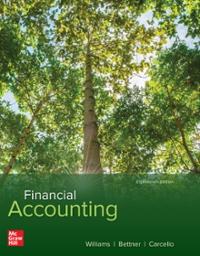Question
The following are estimated demand elasticities for Alcoholic Beverages from a 1995 study of the demand for alcohol published in the Applied Economics journal. The
The following are estimated demand elasticities for Alcoholic Beverages from a 1995 study of the demand for alcohol published in theApplied Economics journal. The notation is X = beer, Y = wine, Z = spirits, I = income.
Elasticity Beer Wine Spirits
Price Elasticity EXP= -.23 EYP= -.40 EZP= -.25
Income Elasticity EXI= -.09 EYI= 5.03 EZI= 1.21
Cross Elasticity EXY= .31 EYX= .16 EZX= .07
Cross Elasticity EXZ= .15 EYZ= .10 EZY= .09
Explanation:
- Reading down the Beer column, these are elasticities based on an estimation of the demand for Beer with price of beer, income, price of wine, price of spirits as explanatory variables.
- Reading down the Wine column, these are elasticities based on an estimation of the demand for Wine with price of wine, income, price of beer, price of spirits as explanatory variables.
- Reading down the Spirits column, these are elasticities based on an estimation of the demand for Spirits with price of spirits, income, price of beer, price of wine as explanatory variables.
Based on these elasticities, we can conclude that businesses have the most control over the price of _______. Enter Beer, Wine or Spirits as your answer.
Based on these elasticities, we can conclude that businesses have the least control over the price of _______. Enter Beer, Wine or Spirits as your answer.
Step by Step Solution
There are 3 Steps involved in it
Step: 1

Get Instant Access to Expert-Tailored Solutions
See step-by-step solutions with expert insights and AI powered tools for academic success
Step: 2

Step: 3

Ace Your Homework with AI
Get the answers you need in no time with our AI-driven, step-by-step assistance
Get Started


